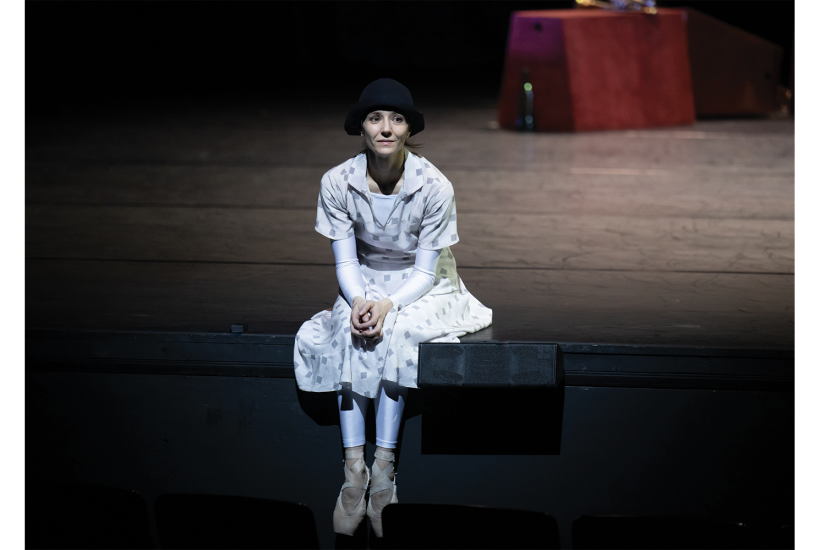Ballet has always suffered from a shortage of stories that can communicate without the medium of the spoken word or a lengthy synopsis in the programme. Recourse has often been made to familiar fairy tale and legend, but recently popular films and novels have also become a favoured source – Matthew Bourne, for instance, has fed off both The Red Shoes and Edward Scissorhands, while Christopher Wheeldon turned to Like Water for Chocolate and Cathy Marston to Lady Chatterley’s Lover.
Already a subscriber? Log in
Subscribe for just $2 a week
Try a month of The Spectator Australia absolutely free and without commitment. Not only that but – if you choose to continue – you’ll pay just $2 a week for your first year.
- Unlimited access to spectator.com.au and app
- The weekly edition on the Spectator Australia app
- Spectator podcasts and newsletters
- Full access to spectator.co.uk
Unlock this article
You might disagree with half of it, but you’ll enjoy reading all of it. Try your first month for free, then just $2 a week for the remainder of your first year.








Comments
Don't miss out
Join the conversation with other Spectator Australia readers. Subscribe to leave a comment.
SUBSCRIBEAlready a subscriber? Log in